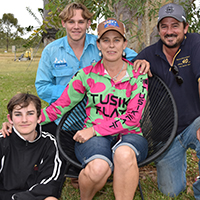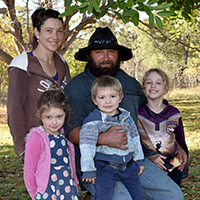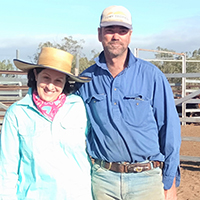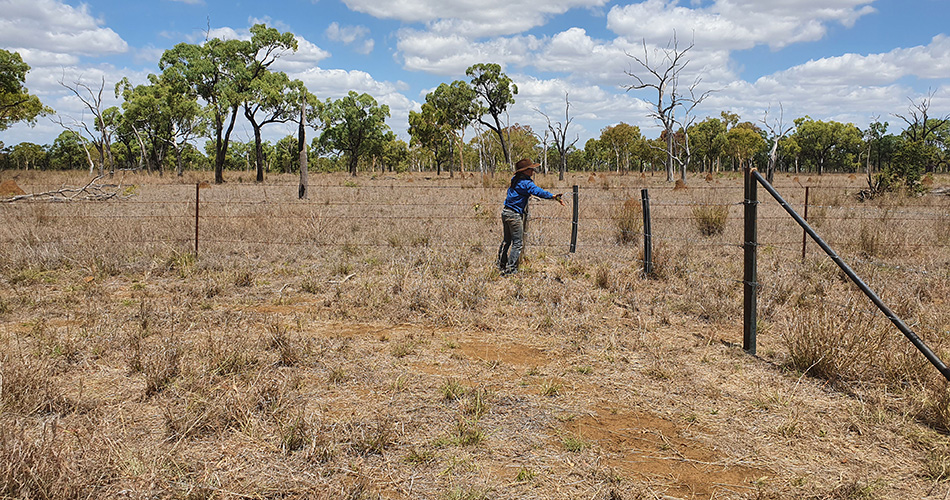GRASS helps producers tackle areas of poor land condition
The Grazing Resilience and Sustainable Solutions (GRASS) program is aimed at helping beef producers improve areas of poor or degraded land condition and to develop and implement a tailor-made action plan for land management.
Graziers can apply to participate in GRASS and may be eligible to apply for incentive funding for works identified in their action plan for land management. This includes infrastructure improvements such as fencing, water troughs and erosion works.
NQ Dry Tropics can take the guesswork out of the application process and help you to apply.
Support is also provided for graziers to understand their obligations and access support to meet the reef protection regulations and have the opportunity to be acknowledged as low priority for compliance visits.
Burdekin graziers have had great success by being a part of the GRASS program. Click on a property name below to read a story about their involvement in GRASS.
GRASS is funded through the Queensland Government’s Queensland Reef Water Quality Program and is delivered by the Department of Agriculture and Fisheries, Burnett Mary Regional Group, Fitzroy Basin Association and NQ Dry Tropics.
To find out more about the program contact Carleigh Drew on 4799 3592 or carleigh.drew@nqdrytropics.com.au.

The saltpan flat paddock in Lamington Park’ GRASS plan pictured before and after graziers Sam and Genevieve Clarke introduced a system of intensive rotational grazing. The transformation took less than two years. Hover the mouse over the image to see the “before” and “after” images.
New fencing helped spread grazing pressure at Junction Creek.
More watering points at Severnvale Station helped to spread grazing pressure.








